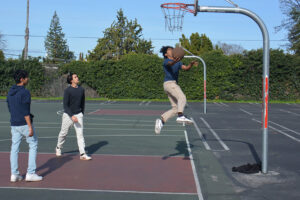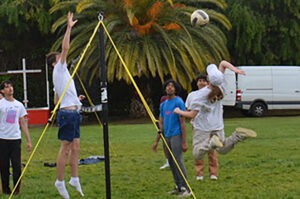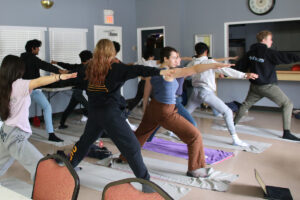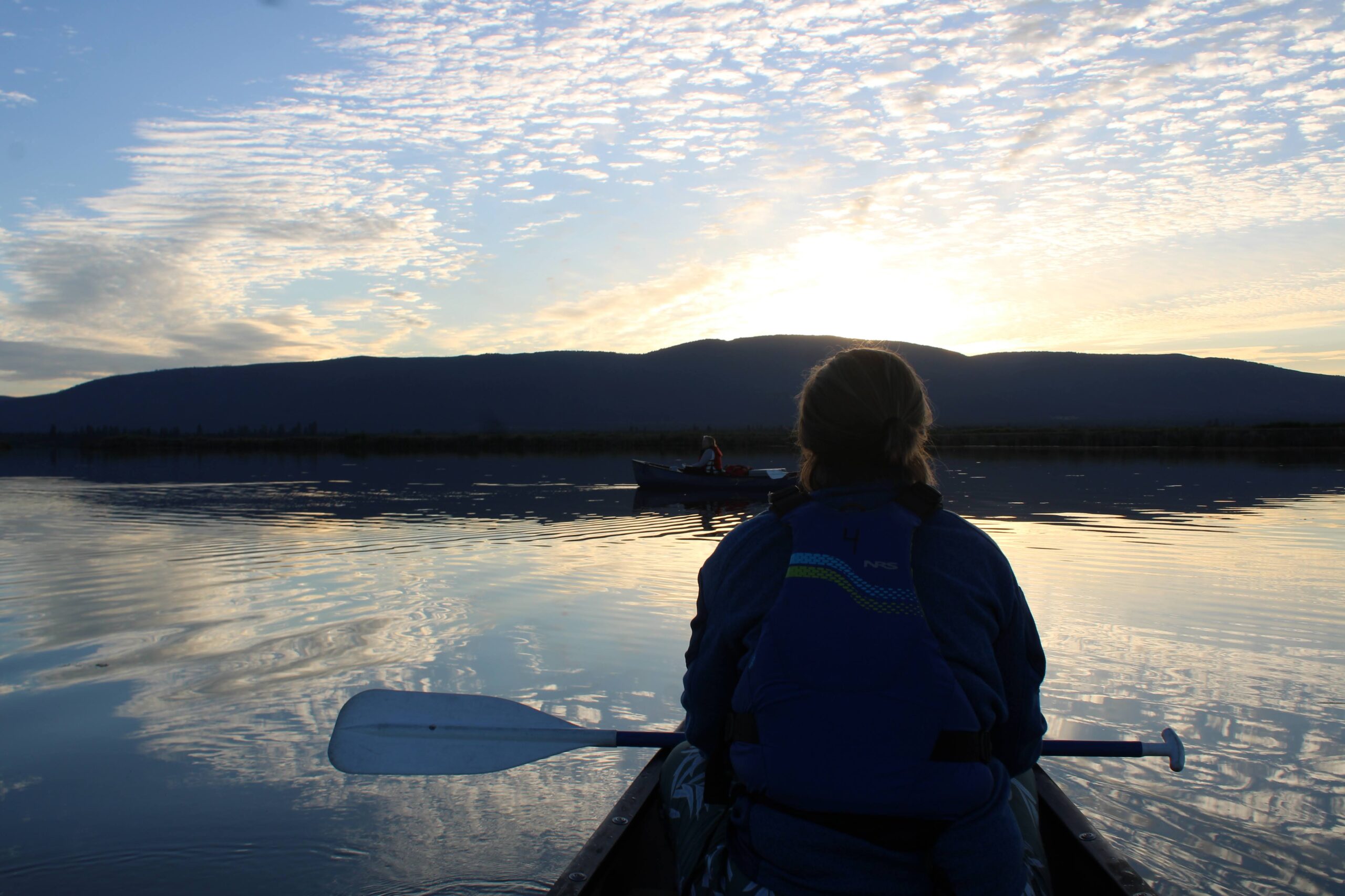
How Social Emotional Learning is Woven into our High School Curriculum
by Marina Budrys | High School Faculty Member
Behind S.E.L or Social Emotional Learning rests the idea that humans undergo a process of learning how to develop healthy social relationships from birth onward and that there are key elements that contribute to a meaningful life. When I was young, this program was called hanging out with the neighborhood kids, finding a compromise with my sister about the game we would play, or feeling guilty about something I said at school and vowing to be different. It was reading novels in school where “bad” characters got rejected and hearing stories where being kind and loving paid off. It was being called in during recess by my class teacher to have a conversation with someone whom I caused to feel bad. Social Emotional Learning was not a program but rather experiences in life that made someone, albeit slowly, a better person.
In this current moment, where humans ages 13-18 spend an average of seven hours a day on their devices, that natural time to learn how to be a socially responsible human has dwindled.[1] Young people just don’t spend that much time together anymore and the result is that they don’t build those skills of compromise, of self-awareness, of responsible decision-making. Was it easy for me to learn many of those things as a young person? Absolutely not. Those are hard lessons, but they are also some of the most important for a successful and fulfilling life.
While that social development time has dwindled for many, Waldorf School of the Peninsula’s philosophy has always, and will always, center around social development. At the core of our philosophy is the intention to educate social beings. What is now called “Social Emotional Learning” is embedded in our curriculum/approach from our nursery program all the way through high school.
While it may be tempting to associate S.E.L. solely with sessions in Bridget Kenevan, our school counselor’s office, WSP’’s approach extends far beyond that. From Eurythmy sessions to field trips, class meetings, games, and even Spanish classes, opportunities for S.E.L. abound throughout our curriculum. Allow me to provide some specific examples of how the core principles of Social Emotional Learning are integrated into our high school humanities program.
Empathy work is encountered in all novel-based classes. In 9th grade, students read Frankenstein by Mary Shelley and take on the perspective of being a rejected outsider as well as the rejector. Jumping into the victim’s shoes as well as the perpetrator’s shoes is important for understanding the dimensions of being human.
In 10th grade Historical Fiction, students interview their family members to discover their story. By adding a historical perspective, they expand the world they originate from. Their presentations build confidence, self–expression, and deepen relationships.
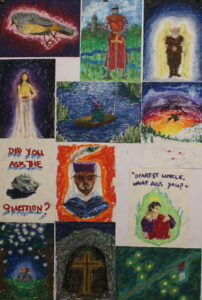 In 11th grade, student’s follow Parzival’s journey by mirroring his questions with questions of their own through journaling. They self-reflect deeply through questions such as the following: Do you know of anything your parents experienced that have directly shaped the way they chose to raise you? What parts of your parents’ biographies appear to influence your identity? Who are you without your parents? Who are you when all of the material comforts are stripped away? Why does suffering seem necessary for growth? What teachings have you received from people in your life that you are ready to leave behind? What teachings or ideas are taking their place? What behaviors do you want to rid yourself of? The contemplation of these and more questions culminate in a week-long trip that countless graduates credit as having changed their life.
In 11th grade, student’s follow Parzival’s journey by mirroring his questions with questions of their own through journaling. They self-reflect deeply through questions such as the following: Do you know of anything your parents experienced that have directly shaped the way they chose to raise you? What parts of your parents’ biographies appear to influence your identity? Who are you without your parents? Who are you when all of the material comforts are stripped away? Why does suffering seem necessary for growth? What teachings have you received from people in your life that you are ready to leave behind? What teachings or ideas are taking their place? What behaviors do you want to rid yourself of? The contemplation of these and more questions culminate in a week-long trip that countless graduates credit as having changed their life.
In 12th grade, students study a complex subject that many adults have a hard time talking about: Israel and Palestine. They develop their ability to really dive into each perspective. Instead of only critically thinking about the complex conflict, they engage in relational thinking, expanding their ability to hold two truths at once.
These tenets are encountered again and again, and by the time students graduate from 12th grade, their ability to articulate themselves, understand others, work with others, and be socially responsible is unparalleled. When S.E.L came out as a program to be added to schools, our teachers looked and saw what Waldorf had been working with for decades. I would go so far as to say that Waldorf education is the best social emotional education in the world. It just takes twelve years, give or take. If you don’t believe me, come and talk to our 12th grade class.
________________________
[1] Inc., C. T. (2024, February 24). Average screen time for teenagers in 2024. COSMO Technologies, Inc. https://cosmotogether.com/blogs/news/average-screen-time-for-teenagers-in-
Images: A student on the 11th grade Parzival trip (top); Student work from the the eleventh grade Parzival block (left).


